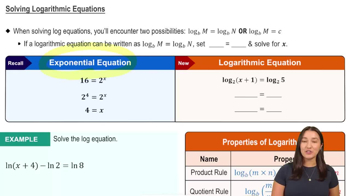Understanding Motion from Graphs
The accompanying figure shows the velocity v = f(t) of a particle moving on a horizontal coordinate line.
a. When does the particle move forward? Move backward? Speed up? Slow down?
 Verified step by step guidance
Verified step by step guidance Verified video answer for a similar problem:
Verified video answer for a similar problem:



 6:29m
6:29mMaster Derivatives Applied To Velocity with a bite sized video explanation from Patrick
Start learning